
Our bones are mainly made of two types of minerals, calcium and phosphorus. When these are not sufficiently provided in the diet, the bones lose the minerals, and become weak, and leads to a condition called osteoporosis in the long run.
Generally bone strength is measured using a test called bone mineral density. In America, close to 14 million women above 50 years of age have low bone mineral density, which is a starting point for osteoporosis. And in India, close to 36 million women are estimated to have the condition! A study of 200 women who were post-menopausal in Chandigarh found that more than 50 % had low bone mineral density.
World over, there is a fracture due to osteoporosis every three seconds! Statistics also show that women spend more time in the hospital for osteoporosis related fractures or other problems, than heart disease, diabetes or cancer!
The causes could be many. Postmenopausal women are especially at risk because the level of the female hormone estrogen starts to decline after 40s, leading to increased bone mineral loss. Estrogen promotes bone mineral absorption and its deficiency affects bone health in a big way. A diet devoid of calcium and vitamin D, the two most crucial bone health nutrients, and lack of weight bearing exercises and fitness among women are other causes. According to surveys conducted by the Indian Council of Medical Research, Indian diets are very low in calcium and the latest problem is that urban women get very little sunlight, which is the best source of vitamin D.
More often than not, famous nutritionists and fitness trainers note that women do not take up strength training or weight lifting unlike men. They believe it bulks up their muscles and makes them look manly. But light weight training and flexibility exercises tone and strengthen the bones and muscles. Calcium is taken into the bones, only when the muscles are active!
When these problems are combined, it is not surprising that women, especially postmenopausal, are the worst sufferers of osteoporosis.
The peak bone mass, or strength is achieved at about 30 years of age. The thicker your bones are at this age, the longer it takes to develop osteoporosis. The bones begin to lose minerals after this age, and the loss is accelerated near menopause.
Modifiable risk factors
- Cigarette smoking
- Excessive alcohol consumption
- Inactive lifestyle or prolonged bed rest
- Poor nutrition, particularly insufficient calcium and vitamin D
- Low estrogen levels
- Lack of physical activity or strength training
Just like brain cells, bones lose strength and mass when not used. People who are highly physically active have a higher bone mineral density than inactive ones. Weight bearing exercises include walking, running, stair climbing or dancing. Strength training using free weights make the muscles put more force on the bones, thereby strengthening them. Lifting weights also helps prevent falls due to weak bones, and increases overall fitness.
Non weight bearing exercises such as swimming, cycling are good for cardiovascular fitness, however do not strengthen bones unlike weight bearing ones.

A combination of weight bearing and strength training for at least 30 minutes every day and activities that improve balance and flexibility, for example yoga, goes a long way in preventing osteoporosis.
Of course, a diet rich in calcium and vitamin D is a must. Calcium is best absorbed from milk and milk products, including skim milk, curds, lassi, and paneer. Other than these, soya, rajma, other whole pulses, ragi, seeds and nuts, shellfish are other good sources of calcium. Vitamin D helps the body absorb calcium, and is abundant in natural sunlight. Expose maximum parts of your body to afternoon sunlight every day for at least 20 minutes to get vitamin D.
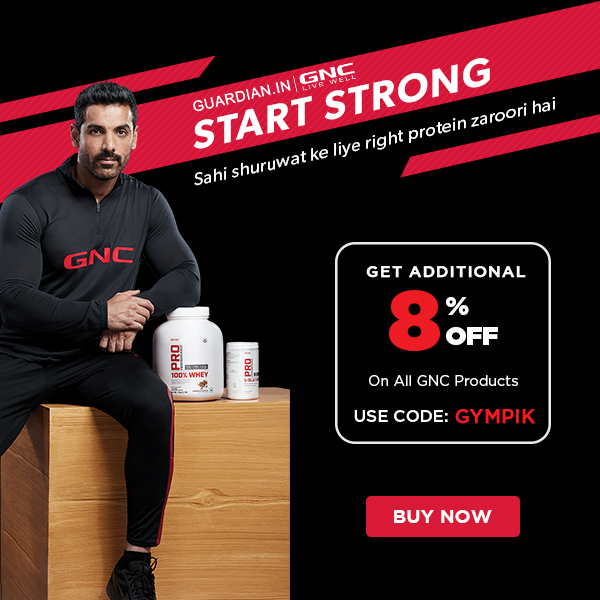

 Traqade
Traqade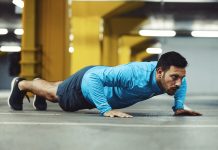
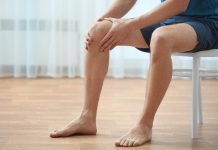
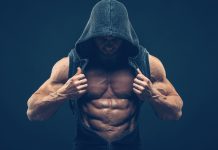








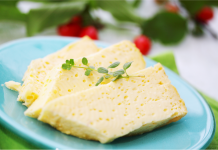





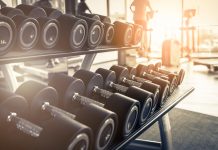

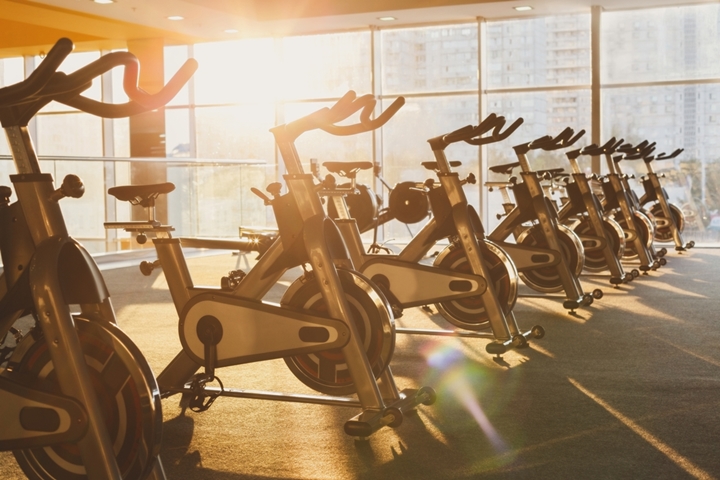

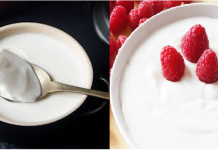




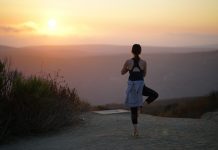




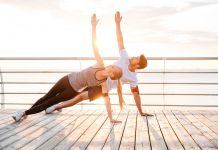



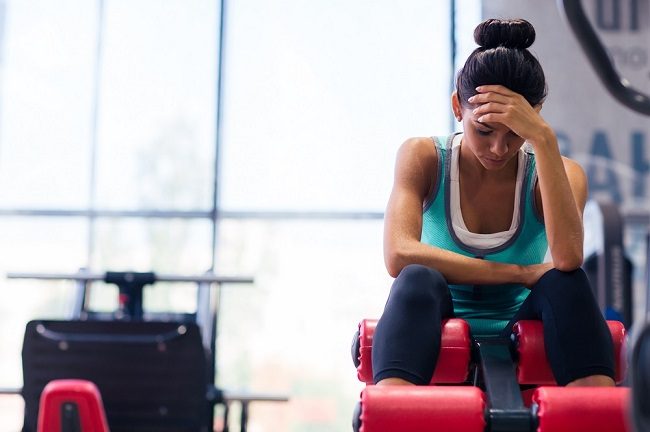
That’s a really important topic, especially for women approaching menopause. I know how tough it can be to deal with health issues like this, and sometimes we all need a good way to unwind after worrying about health. A while back, I found a bit of an escape with play jonny app. I started with some low-risk games, and it turned into a great way to relax and distract myself. The live casino games were smooth and offered a fair betting interface, with bonuses for players in Canada. It’s a nice break from thinking about health issues while still staying engaged.